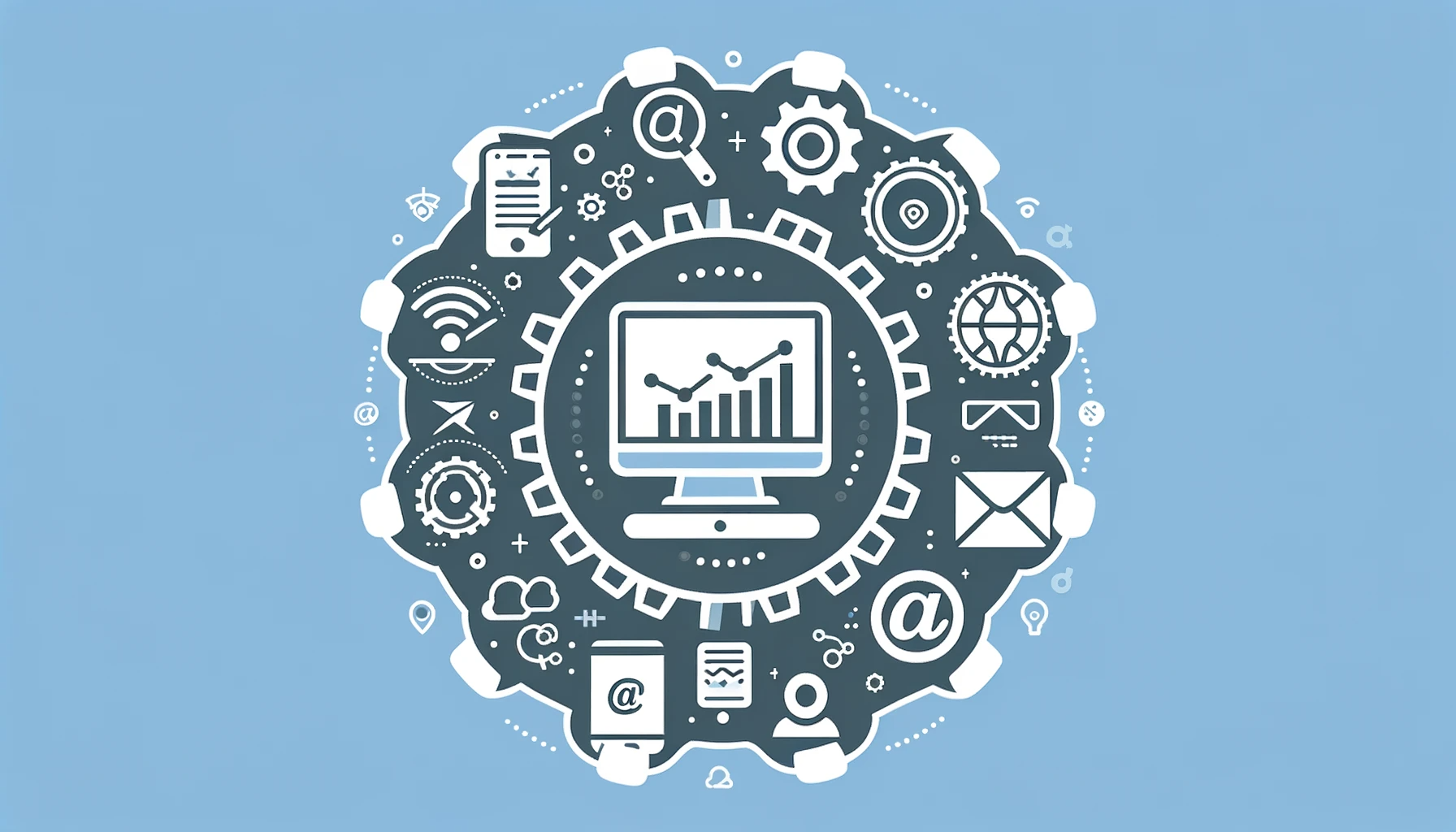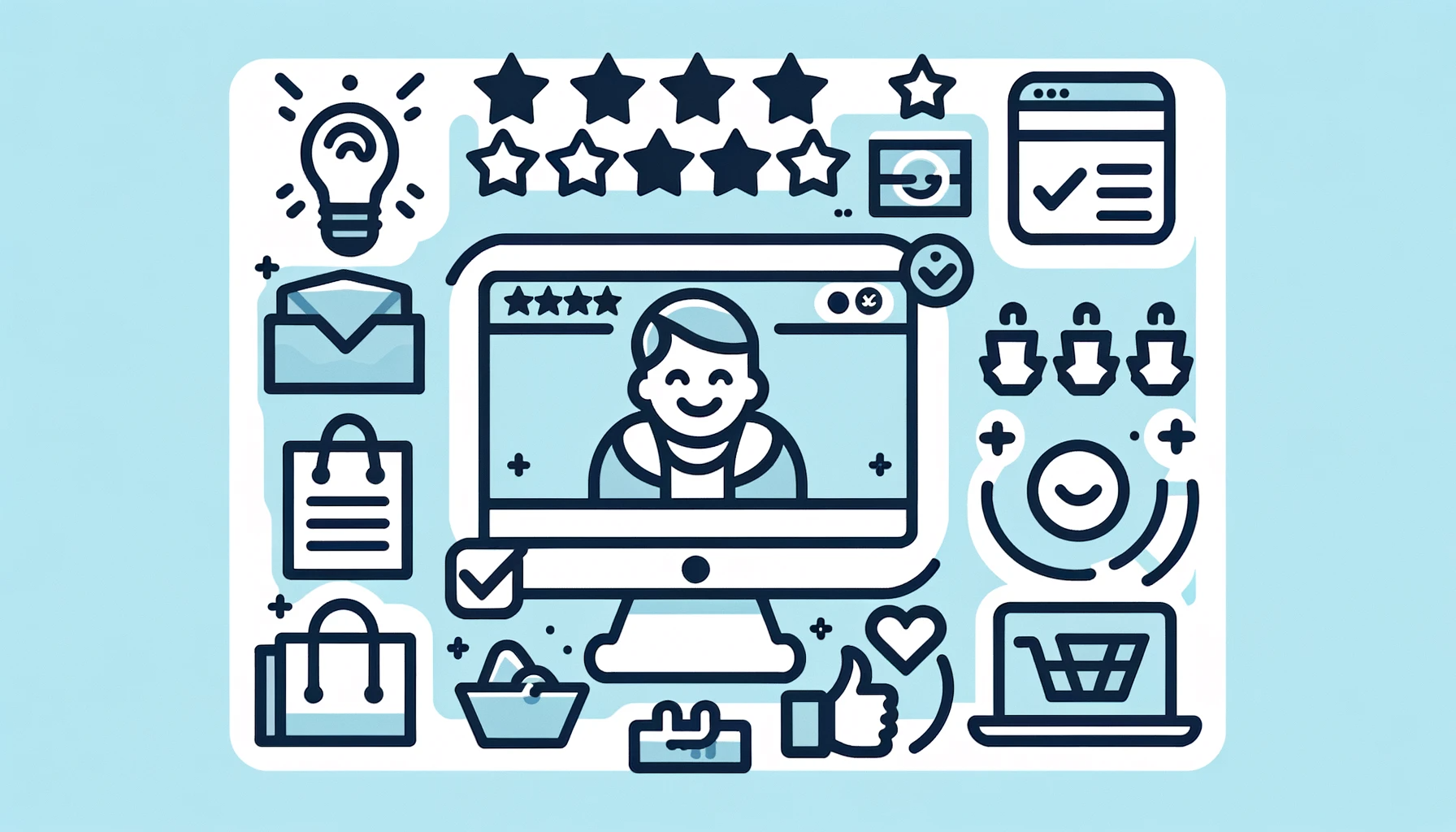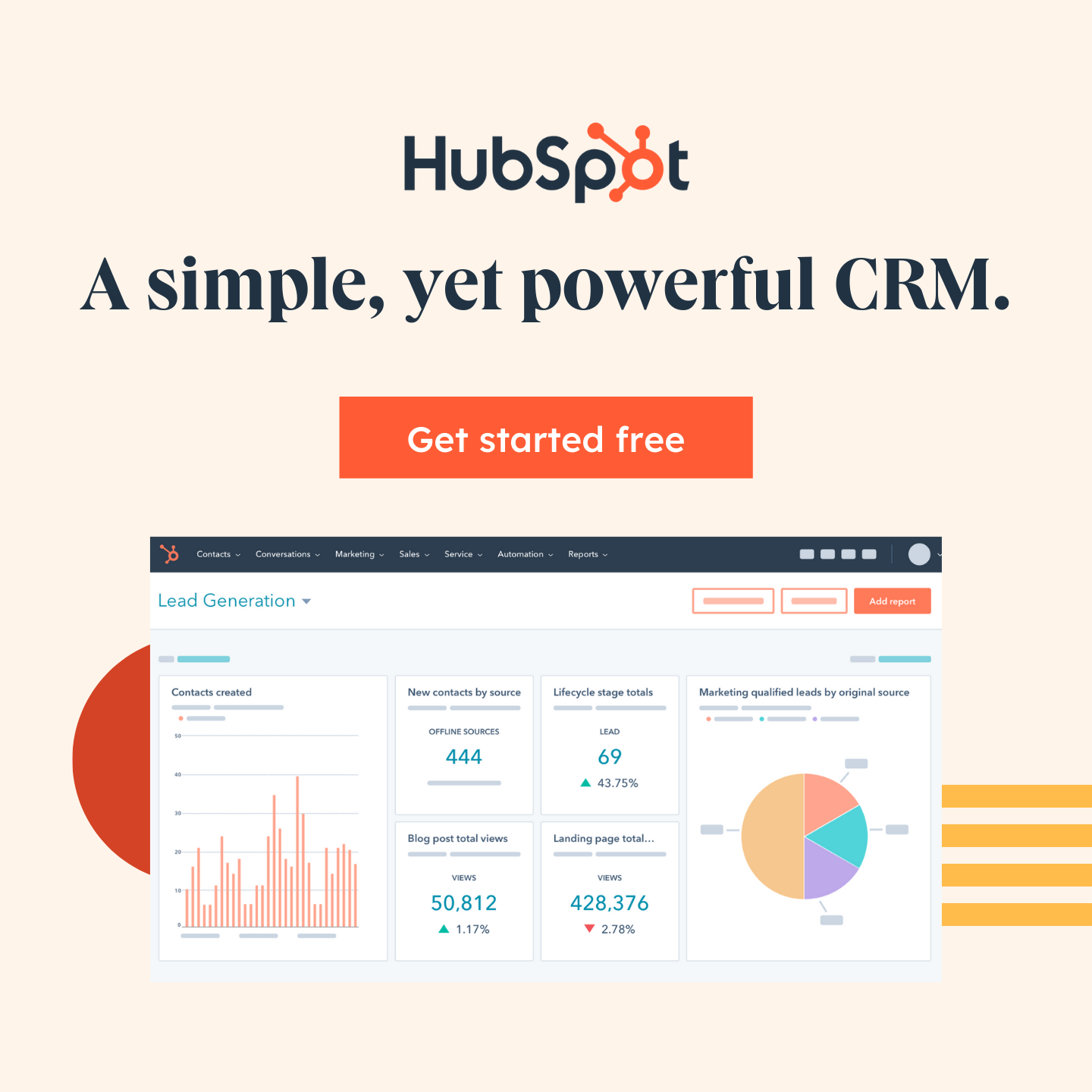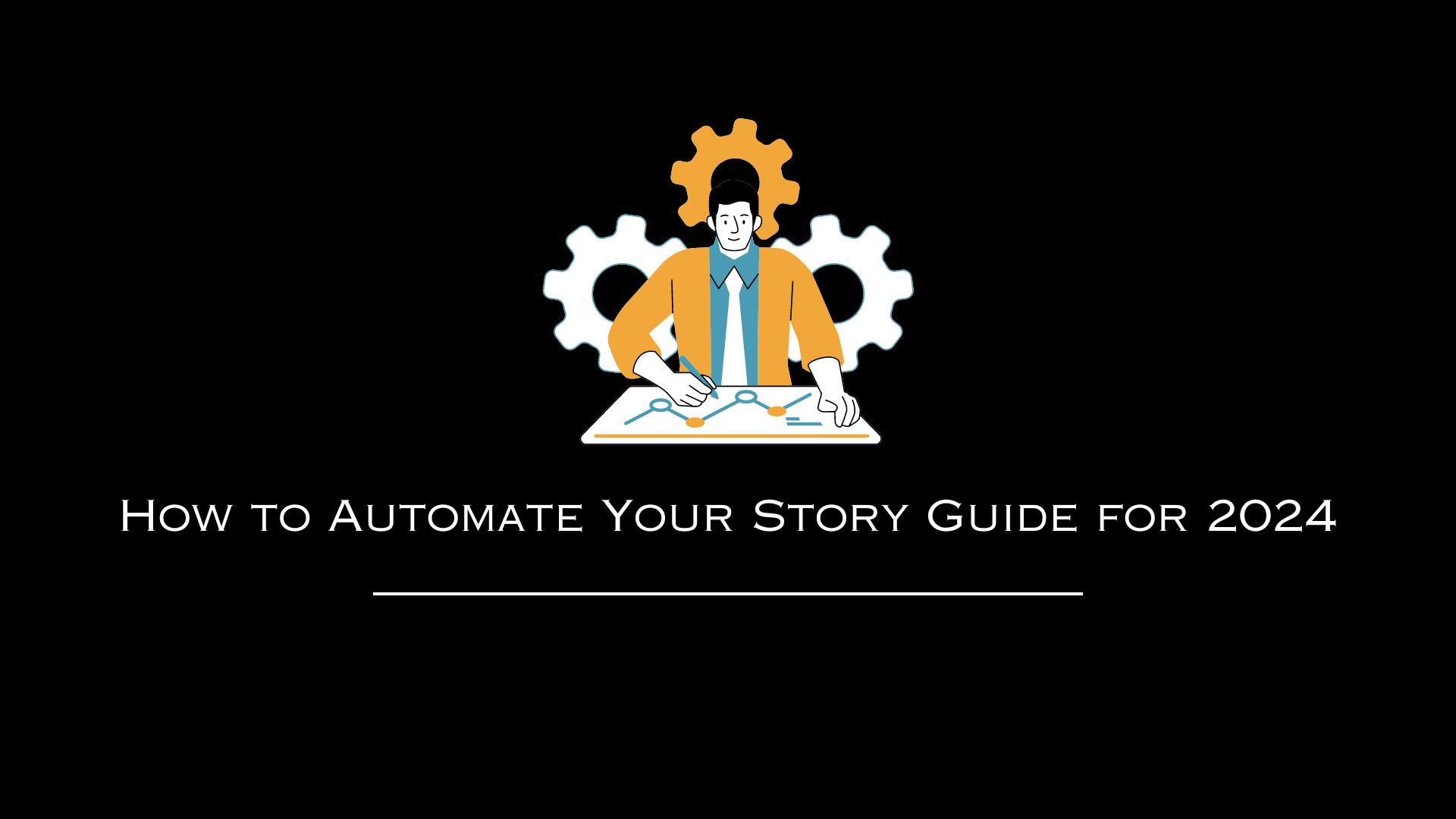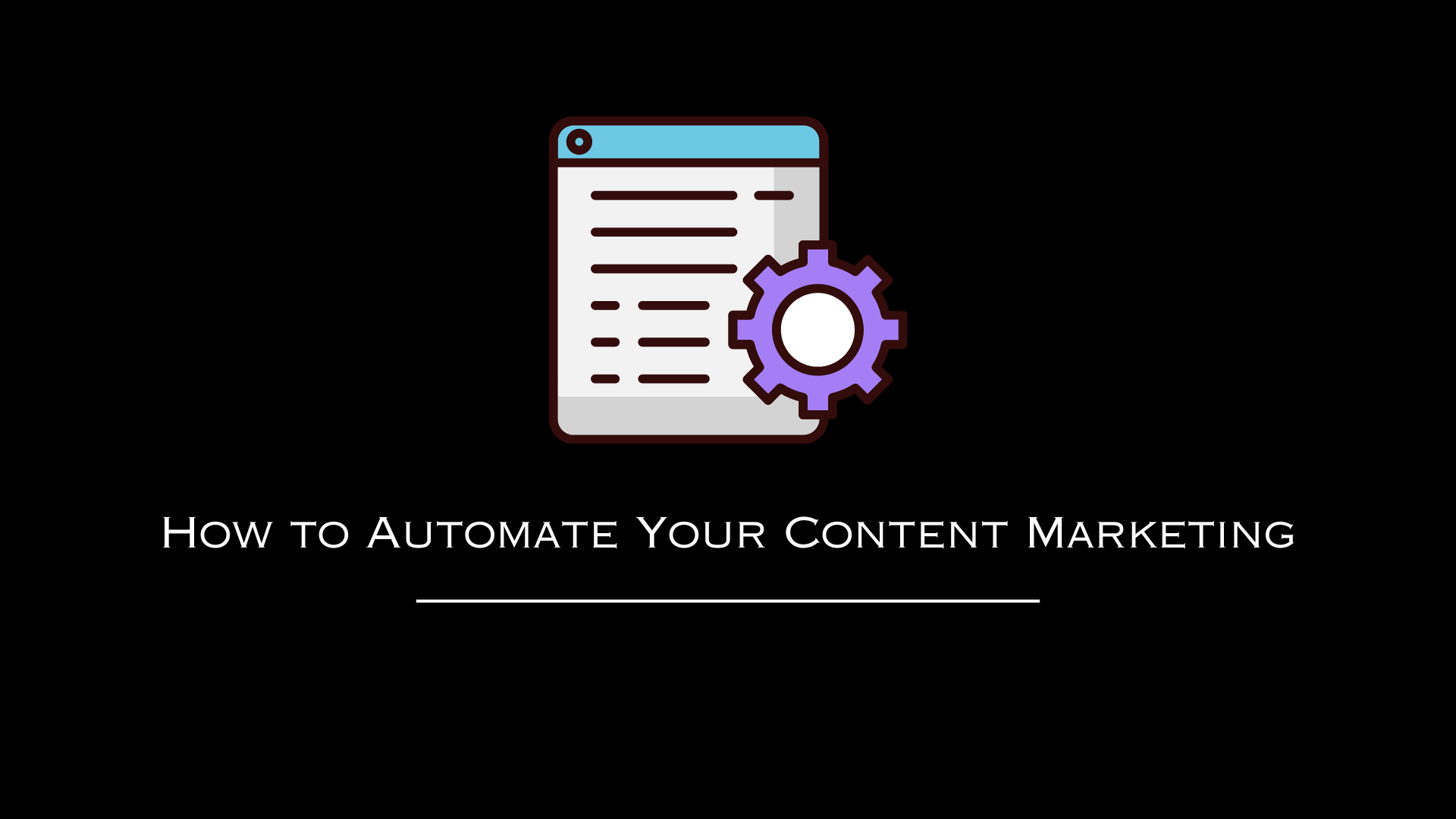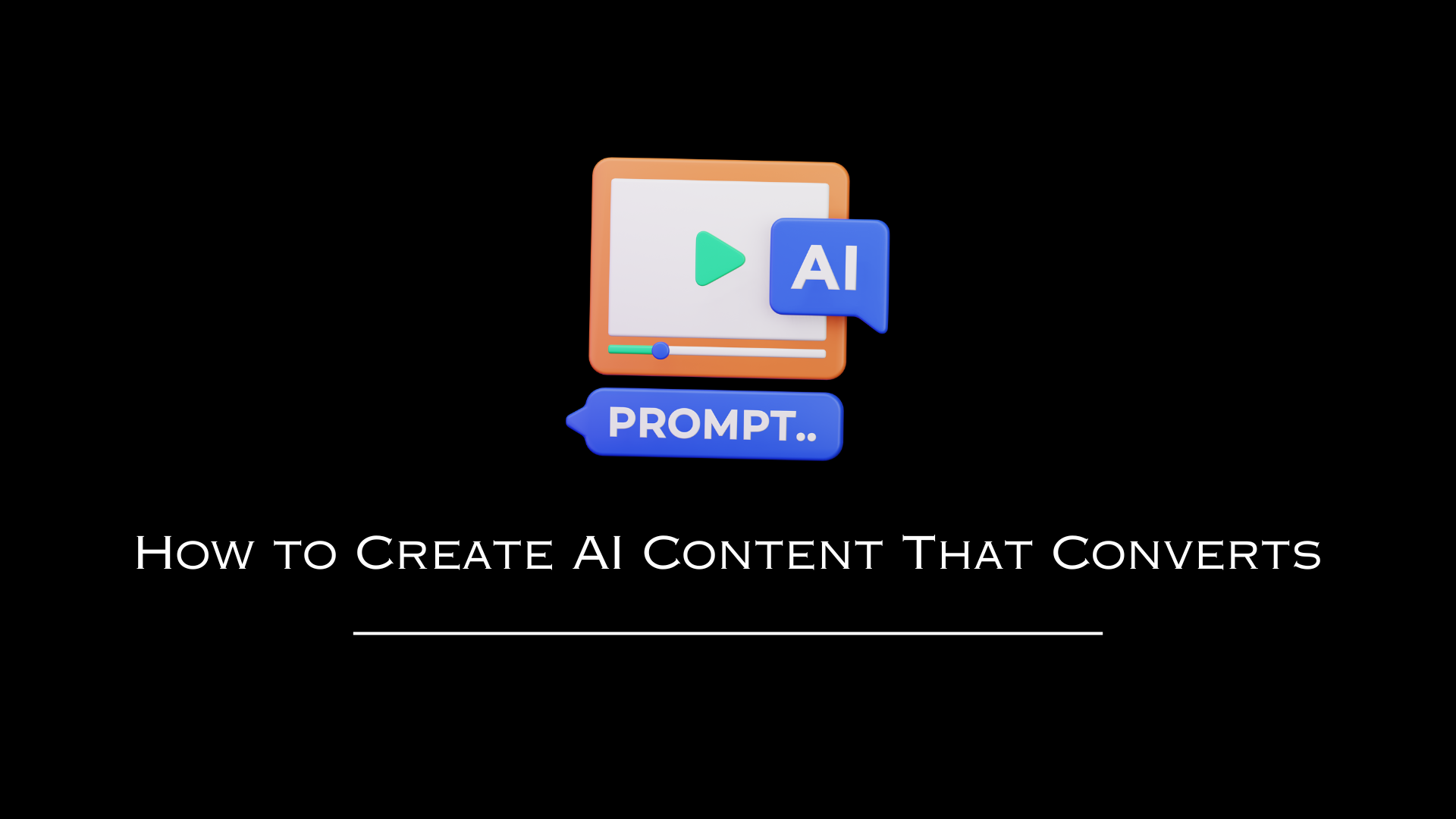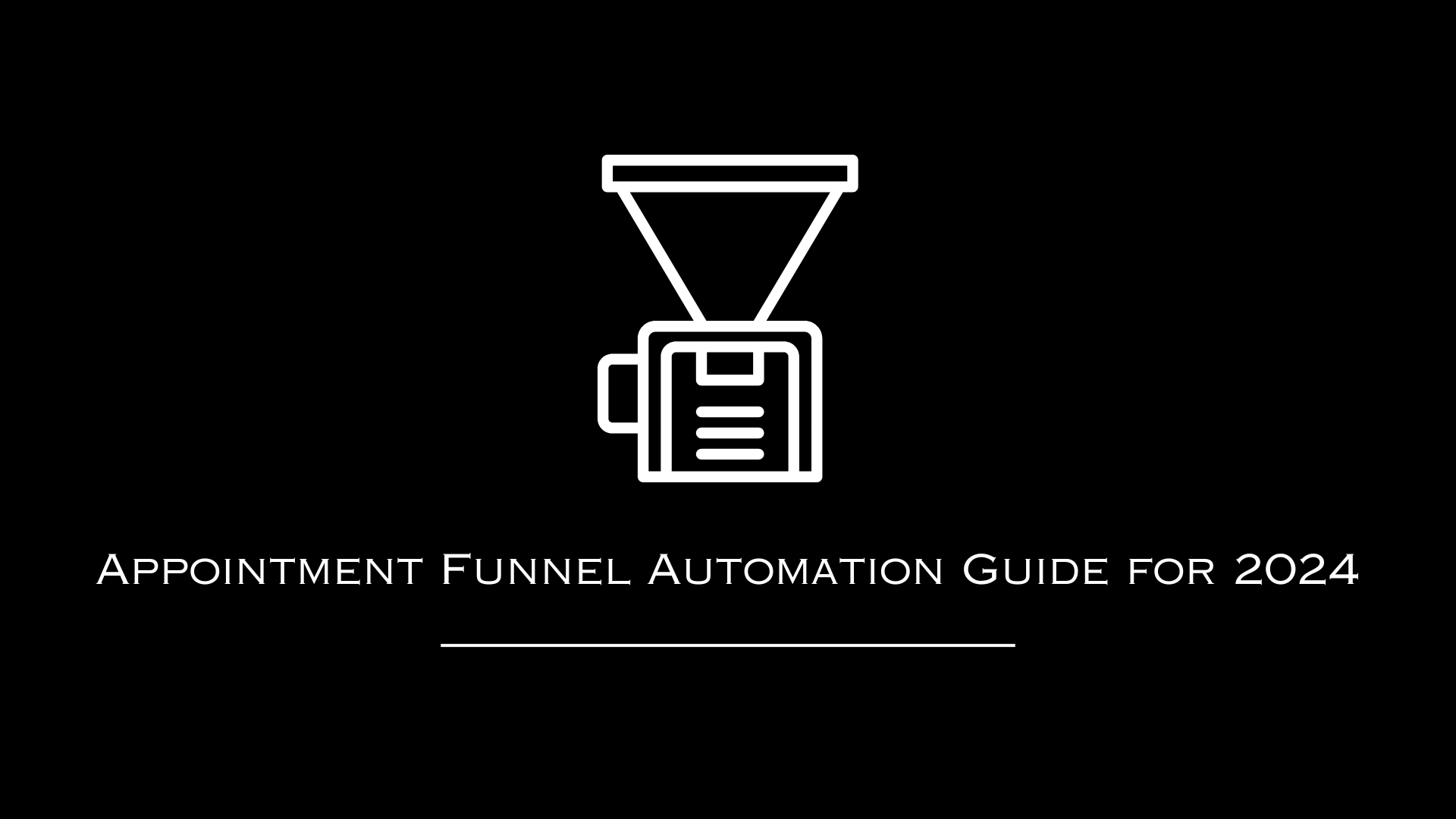AutomationLinks
This blog post has been researched, edited, and approved by expert Hannah Peake. Join our newsletter below to get our free marketing guides.
Here are four simple tips for E-commerce Marketing Automation
- Start with Personalization: Leverage marketing automation tools like MailerLite to create personalized experiences for your customers. Use customer data to tailor emails, product recommendations, and offers, which can significantly improve engagement and customer loyalty.
- Implement in Phases: Begin your marketing automation journey by focusing on one or two key areas, such as email marketing or social media automation. This gradual approach allows you to measure effectiveness and make adjustments before scaling up to more complex automation strategies.
- Regularly Analyze Data: Make data analysis a core part of your marketing strategy. Use the analytics and reporting features of automation tools to gain insights into customer behavior and campaign performance, and use these findings to refine your tactics continually.
- Stay Updated on Trends:
Keep abreast of the latest trends in e-commerce and marketing automation, such as AI-driven tools or omnichannel strategies. This knowledge helps you adapt your marketing efforts to changing consumer behaviors and technological advancements, keeping your business competitive.
Table of contents
Introduction
The Rise of Marketing Automation in E-commerce
Exploring the Benefits of E-commerce Marketing Automation
Key Components and Tools of E-commerce Marketing Automation
Best Practices and Implementation Strategies
Case Studies and Future Trends
Conclusion
Setting the Stage for Automation in E-commerce
Did you know that businesses using marketing automation for nurturing prospects experience a significant 451% increase in qualified leads? Such statistics not only emphasize the transformative power of automation in e-commerce but also highlight its growing necessity in today's digital marketplace.
So, what exactly is marketing automation? At its core, marketing automation in e-commerce refers to the use of software and technology to streamline, automate, and measure marketing tasks and workflows. This technology enables e-commerce businesses to target customers with automated messages across email, web, social, and text. The goal? To increase operational efficiency and grow revenue faster.
But it's more than just about sending emails and scheduling social media posts. It's about creating a more personalized and engaging shopping experience for customers. In an era where personalization is not just preferred but expected, marketing automation stands as a critical tool in the arsenal of any e-commerce business.
Previewing the Journey Ahead
As we delve deeper into the world of e-commerce marketing automation, we'll uncover its key benefits, from streamlining customer interactions to boosting sales. We'll also explore essential tools that are reshaping the e-commerce landscape and provide practical strategies for their implementation. Whether you're new to this concept or looking to refine your existing strategies, this journey will equip you with the insights needed to leverage marketing automation effectively in your e-commerce endeavors.
Connect With Us On X
Connect with AutomationLinks owner Brad Smith on X (formerly Twitter) here to learn more about advertising. Feel free to message him with any questions about X advertising and marketing.
the Core of E-commerce Marketing Automation
E-commerce marketing automation is a dynamic and multifaceted field that fundamentally reshapes how online businesses interact with their customers. At its essence, it involves using software to automate repetitive marketing tasks, specifically in an e-commerce context. This includes everything from sending personalized email campaigns to managing social media ads and tracking customer behavior. The primary components of this system are customer segmentation, targeted content delivery, data analytics, and feedback loops for continuous improvement. These components work in synergy to create a marketing ecosystem that is not only efficient but also deeply attuned to the customer's needs and preferences.
Tracing the Evolution and Growing Significance
The journey of marketing automation in e-commerce is a tale of technology meeting opportunity. Initially, automation was limited to basic tasks like auto-responding to emails. However, with the advent of more sophisticated technologies, including AI and machine learning, its scope has expanded exponentially. Today, it plays a pivotal role in e-commerce by enabling businesses to deliver personalized experiences at scale, something that was unimaginable a few decades ago. This evolution signifies a shift from broad, generic marketing to a more focused, customer-centric approach. The importance of automation in e-commerce is underscored by its ability to process vast amounts of data, provide actionable insights, and enhance customer engagement - all leading to increased sales and customer loyalty.
- Understand Your Audience: Utilize data analytics to gain insights into customer behavior and preferences.
- Personalize the Experience: Use customer data to create personalized marketing messages and offers.
- Streamline Communication: Automate routine communications like order confirmations and cart abandonment reminders.
- Utilize AI and Machine Learning: Incorporate advanced technologies to predict customer needs and offer relevant recommendations.
- Monitor and Adapt: Continuously analyze the performance of your automated campaigns and adapt strategies for optimal results.
The Heart of Enhanced Customer Experience
In the world of e-commerce, personalization is not just a trend; it's a customer expectation. Marketing automation shines brightest in its ability to tailor the shopping experience for each individual. By analyzing customer data, such as past purchases, browsing behavior, and preferences, automation tools enable businesses to create highly personalized communications. This could be in the form of product recommendations, personalized emails, or tailored discounts. Such individualized interactions not only enhance the customer experience but also foster a deeper sense of loyalty and connection between the customer and the brand.
Efficiency and Productivity: The Operational Powerhouses
The second major benefit of e-commerce marketing automation lies in its efficiency and productivity enhancements. Automation tools streamline complex marketing tasks, reduce the likelihood of human error, and free up valuable time for businesses. This means more resources can be allocated to strategic planning and creative tasks. From automated inventory management to triggered email campaigns based on customer actions, these tools ensure that operations run smoothly and efficiently. The result is a more agile business that can quickly adapt to market changes and customer needs.
- Targeted Marketing: Automation allows for more targeted marketing campaigns, which leads to higher conversion rates.
- Increased Repeat Purchases: Personalized experiences encourage repeat business, increasing customer lifetime value.
- Efficient Resource Allocation: By automating routine tasks, resources can be focused on high-impact strategies and innovation.
- Data-Driven Decisions: Automation tools provide valuable insights and data, enabling more informed decisions that drive sales.
- Quicker Response to Market Trends: Automation's agility allows businesses to quickly capitalize on emerging market trends.
Essential Automation Components in E-commerce
In the realm of e-commerce marketing automation, several key components are pivotal in crafting an effective digital marketing strategy. Let's start with email marketing automation. Among various tools available, MailerLite stands out as a user-friendly and efficient choice for businesses seeking to enhance their email marketing strategies. It enables the creation and sending of targeted emails based on user behavior, which can include welcome emails, re-engagement campaigns, or product recommendations. Moving to social media, automation tools here help in managing posts across different platforms, maintaining consistent messaging, and facilitating real-time audience engagement. Ad campaign automation, another critical component, leverages advanced algorithms for placing and optimizing ads, ensuring effective audience targeting and improved conversion rates.
Analytics and Reporting: Navigating Through Data
The role of analytics and reporting in e-commerce marketing automation cannot be overstated. These tools act as the navigational aids that help businesses understand customer behavior, evaluate campaign performance, and measure overall marketing efficacy. They enable the tracking of vital metrics such as click-through rates, conversion rates, and ROI. By leveraging these insights, e-commerce businesses can refine their strategies, tailor their messaging, and gain a deeper understanding of their customer base, ensuring that their marketing efforts are as effective and efficient as possible.
- Evaluate Specific Needs: Understand the unique marketing challenges and objectives of your e-commerce venture.
- Consider Scalability and Integration: Opt for tools like MailerLite that can grow with your business and integrate with your existing platforms.
- User-Friendly Design: Choose tools that are intuitive and easy to use, minimizing the learning curve for your team.
- Cost-Effectiveness: Balance the cost with the potential benefits, ensuring you get a good return on your investment.
- Support and Training Availability: Ensure the tools you select offer robust customer support and training resources to maximize their utility.
Best Practices for Effective Implementation
Successfully implementing marketing automation in e-commerce requires a strategic approach grounded in best practices. It starts with a clear understanding of your business goals and the specific needs of your customer base. Define clear objectives for what you want to achieve with automation, whether it's increasing sales, enhancing customer engagement, or streamlining operations. Next, ensure that your marketing automation tools are aligned with these goals. It's crucial to integrate these tools with your existing CRM and e-commerce platforms to enable seamless data flow and maintain a unified customer view. Regular training and upskilling of your team are essential to ensure they are adept at using these tools effectively.
Navigating Around Common Pitfalls
Even with the best tools and intentions, certain pitfalls can hinder the success of marketing automation. One common mistake is over-automation; relying too heavily on automation can lead to impersonal customer experiences. It's important to find the right balance and maintain a human touch in your customer interactions. Another pitfall is neglecting data hygiene; outdated or inaccurate data can lead to ineffective campaigns and poor customer experiences. Regularly cleaning and updating your customer data is essential. Also, avoid the "set it and forget it" mindset. Continuously monitor and adjust your automation strategies based on performance data and customer feedback.
- Gradual Implementation: Start with automating a few processes and gradually expand as you gain confidence and expertise.
- Consistent Monitoring and Optimization: Regularly review the performance of automated campaigns and optimize them for better results.
- Employee Involvement and Feedback: Engage your team in the implementation process and encourage feedback for continuous improvement.
- Customer Feedback Loop: Incorporate customer feedback to refine and personalize the automation strategy.
- Flexibility and Adaptability: Be prepared to adapt your strategies as market conditions and customer behaviors change.
Learning from Success: Case Studies in E-commerce Automation
Examining real-world examples offers invaluable insights into the practical application and benefits of e-commerce marketing automation. For instance, consider a small online retailer that implemented email automation using MailerLite. They were able to segment their customer base effectively and send personalized emails, which resulted in a 30% increase in repeat purchases within six months. Another example is an e-commerce company that integrated social media automation tools, leading to a 50% increase in engagement on their social platforms, significantly boosting brand visibility and sales.
Another case study involves a large e-commerce platform that leveraged ad campaign automation, optimizing their ad spend and increasing ROI by 40% over a year. These case studies underscore the versatility and impact of marketing automation across different scales and facets of e-commerce.
Emerging Trends and Looking to the Future
As we look to the future, several emerging trends in e-commerce marketing automation are shaping the landscape:
- AI and Machine Learning: Advanced AI algorithms are increasingly being used for predictive analytics, personalization, and customer journey mapping.
- Voice and Conversational Commerce: The rise of voice assistants and chatbots is paving the way for more interactive and conversational customer experiences.
- Omnichannel Marketing: There's a growing emphasis on creating a seamless customer experience across all digital channels, from social media to email to web.
- Privacy and Personalization Balance: With increasing data privacy regulations, e-commerce businesses will need to find innovative ways to personalize experiences while respecting customer privacy.
- Sustainability and Ethical Marketing: Consumers are becoming more conscious of sustainability, prompting businesses to align their marketing strategies with environmentally and socially responsible practices.
the Future of E-commerce with Marketing Automation
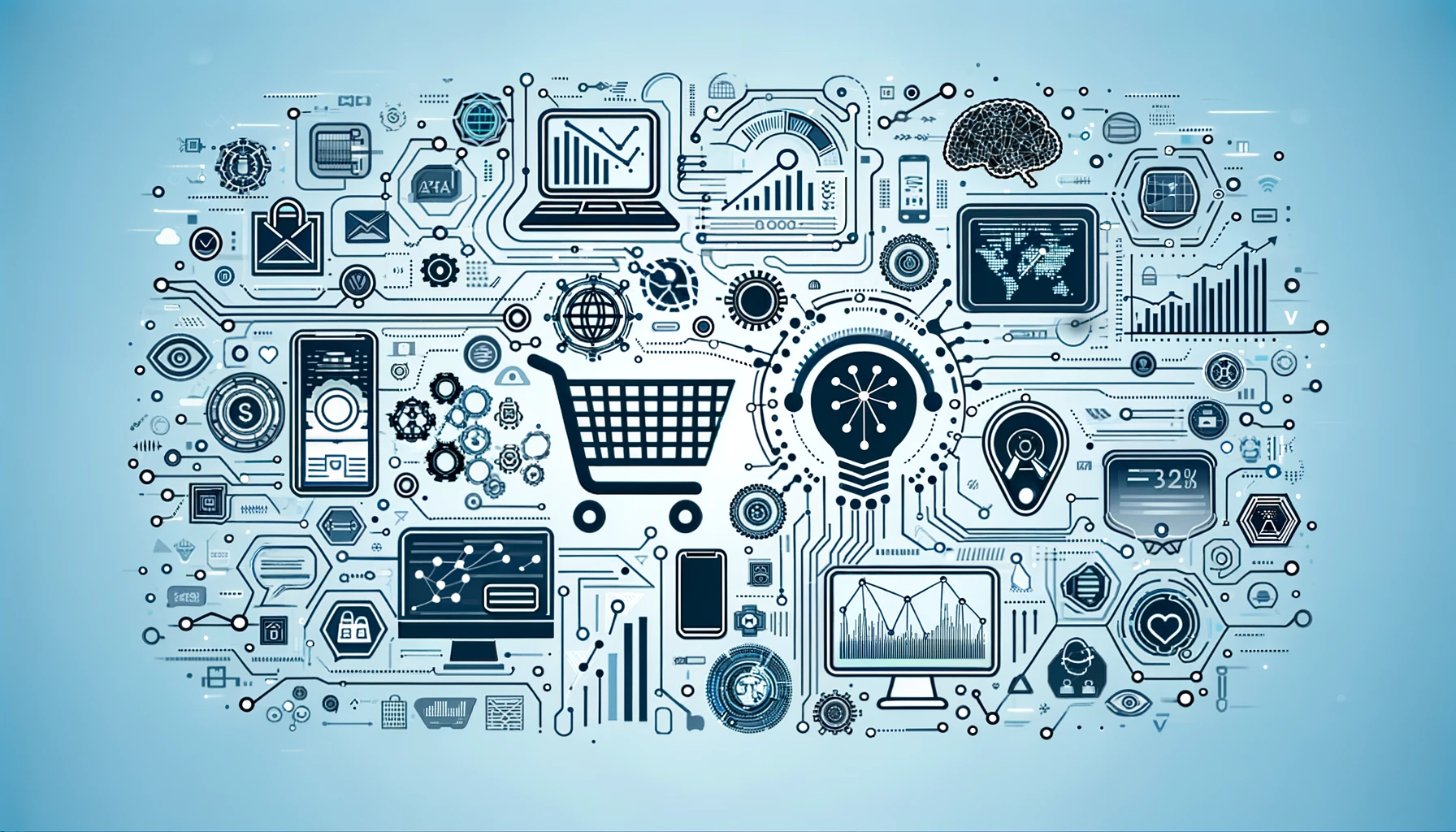
As we conclude this exploration into the dynamic world of e-commerce marketing automation, let's reflect on the key points we've covered. We began by understanding the impact of marketing automation on e-commerce, recognizing its role in enhancing customer experience through personalization, improving operational efficiency, and boosting sales and revenue. We examined the essential components of marketing automation, such as email marketing with tools like MailerLite, social media management, and ad campaign optimization, and highlighted the crucial role of analytics in refining marketing strategies.
Our journey included insights into the best practices for implementation, where we learned the importance of avoiding common pitfalls and integrating these tools smoothly into existing processes. Real-world case studies provided tangible evidence of the transformative power of marketing automation in e-commerce businesses of all sizes.
Looking ahead, we discussed emerging trends that are shaping the future of e-commerce marketing automation, from AI-driven personalization to the rise of omnichannel marketing and the balancing act between personalization and privacy.
Embracing Marketing Automation in Your E-commerce Strategy
Now is the time for e-commerce businesses to embrace marketing automation. Whether you're a small startup or a large enterprise, the benefits are clear: increased efficiency, enhanced customer relationships, and improved sales outcomes. By adopting these tools and strategies, you position your business at the forefront of the digital commerce revolution.
AutomationLinks
AutomationLinks is a digital marketing agency located in Wilmington North Carolina. We have worked with over 6,000 businesses and nonprofits over the last 10 years. We believe in a relationship marketing approach to help you turn visitors into customers using automation.
